“If you laugh, you think, and you cry, that's a full day. That's a heck of a day. You do that seven days a week, you're going to have something special.” -Jim Valvano
It's been a little too long since I rounded up the best of your comments and doled out the astrophysics knowledge to fill in the gaps of all the questions I raised. Here at Starts With A Bang, last weekend saw me headlining at a science fiction convention, and while it was a fabulous time for all involved,
it meant that we didn't have a Weekend Diversion or a Comments of the Week last weekend. Let's make up for it now! Over the past two weeks, we explored a number of aspects of our incomparable Universe, including:
- The tiniest neutron star (for Ask Ethan),
- The ultimate science in your science fiction (for our Weekend Diversion),
- A final view from the Moon (for Mostly Mute Monday),
- Life in a freely-falling elevator (a fantastic post from Paul Halpern),
- The Universe celebrates St. Patrick's Day,
- Are the first stars in the Universe invisible?,
- What is the Sun made of? (for Throwback Thursday),
- Can space expand faster than the speed of light? (for Ask Ethan),
- Marvelous Mars (for Mostly Mute Monday),
- Could the LHC make an Earth-killing black hole?,
- Supertides are real!, and
- Past the Fingers of God (for Throwback Thursday).
More than a year since we started it, our Comments of the Week is a great opportunity to continue the conversation that you've been having with one another. Let's go for the best of them!
From dean on neutron star matter: "[T]alking about the size of the sample needed to be stable you say something is a lower bound but anything larger would cause the neutrons to decay. What bit am I missing?"
I'm pretty sure I was referring to binding energy as a function of radius. When you're near a very dense gravitational source, the gravitational binding energy falls off as 1/r, meaning that the farther away you are from the center of a massive object, the faster your gravitational potential energy drops. To keep a neutron stable against decay, you need to have a binding energy (due to gravity) that's greater than the binding energy that prevents a neutron from decaying into a proton.
Now, you can have an envelope of normal matter (e.g., atoms and nuclei) outside of the neutron star proper, but this won't really help much in terms of binding energy. Therefore, the mass of Saturn is about the lower limit for what will make a mass of neutrons stable; anything less massive, and your neutrons will decay -- in onion-like layers -- back to normal atomic nuclei, the same process that happens in neutron star-neutron star mergers.
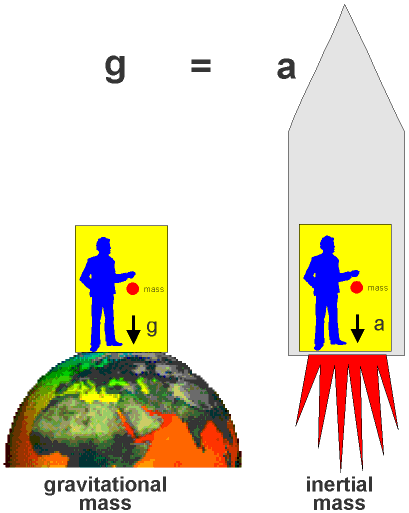 Image credit: Dutch Experiment Support Center, via http://www.descsite.nl/Gravity_us.htm.
Image credit: Dutch Experiment Support Center, via http://www.descsite.nl/Gravity_us.htm.
From Denier on Einstein's equivalence principle: "I’m lost again. I like the concept of absolute space. It fits nicely with how the universe works in my head. I don’t understand why the concept of absolute space needed to be abandoned."
Here's what I want you to think of: falling. Think of that sensation, of when you feel absolutely weightless. Now, what could that mean? It could mean you floating out in interstellar space, it could mean you hurtling, like a comet, towards a fiery encounter with the Sun, or it could mean you cruising in a spaceship at a tremendous speed, so long as you're not accelerating.
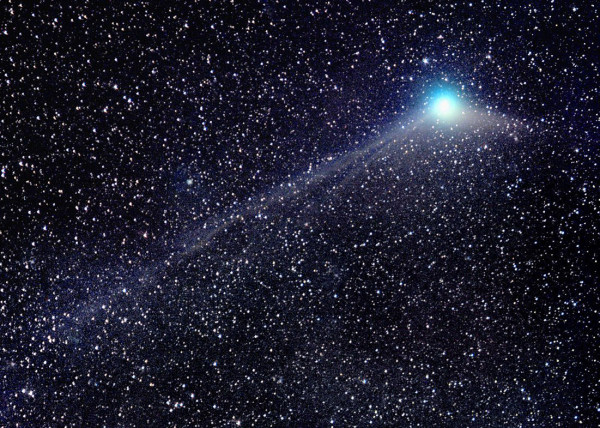 Image credit: Comet Machholz of the Sungrazer Project, via http://sungrazer.nrl.navy.mil/index.php?p=news/family_ties.
Image credit: Comet Machholz of the Sungrazer Project, via http://sungrazer.nrl.navy.mil/index.php?p=news/family_ties.
In other words, it doesn't matter whether (or how) you're moving through the coordinates of space as any observer would define it; all of these frames of reference are equally good and valid for all of the laws of physics. As Paul said in his original piece:
Pick any point in space, and the state of inertia would be measured with respect to a freely falling framework at that location, rather than in comparison to a hypothetical absolute space.
If you want the theory of relativity -- both special and general -- to be valid, you must throw out that there's this absolute space, this one static, unchanging frame of reference to which all other frames must be compared. No one is preferred. No one is special. No one is more right than anyone else. All you need to do is be inertial, which means not accelerating and not rotating. Do that, and you're as absolute as it gets.
Image credit: Larry Gerbrandt, via http://www.huffingtonpost.co.uk/2013/04/03/aurora-borealis-northern-lig….
From David Andrews on the aurorae: "The structure of the aurora has always puzzled me. Why it manifests sharply delfined at the bottom, and vertically fades with altitude.
I presume an atmospheric layer or boundary defines the bottom edge, and fades upward as a function of energy, concentration of elements or combination of both."
It's an interesting idea, and there are certainly pictures that indicate that this is probably what's happening. After all, aurorae do appear to be much wispier and rarified in the upper atmosphere, but to encounter a sharp boundary at the lower end, where they appear to suddenly cease.
 Image credit: Ian A. Johnson, via https://ianajohnson.com/2014/02/08/aurora-borealis-science/.
Image credit: Ian A. Johnson, via https://ianajohnson.com/2014/02/08/aurora-borealis-science/.
But is this really the case? As it turns out, this is partially an artifact of what you'll see if you take a long exposure photo! If you take a much shorter one, you'll see that the lower layer isn't quite as well-defined as these ultra-time-lapse shots indicate. Have a look at this one, for example.
 Image credit: aurorae from Alaska, via http://www.akademifantasia.org/top-everything/aurora-around-the-world/.
Image credit: aurorae from Alaska, via http://www.akademifantasia.org/top-everything/aurora-around-the-world/.
Now, it is true that there appears to be a region where most of the particles terminate. Why is this? When the particles causing the aurorae are ejected from the Sun, they arrive with some average amount of energy, which means they can penetrate for a certain average distance into the Earth's atmosphere. But remember: the atmosphere -- particularly in the upper layers -- gets much denser as you descend through it. Where the aurorae are formed, some 100 km up, the bottom 3-to-5 km have as many atoms in them as all the 100 km+ layers above them combined.
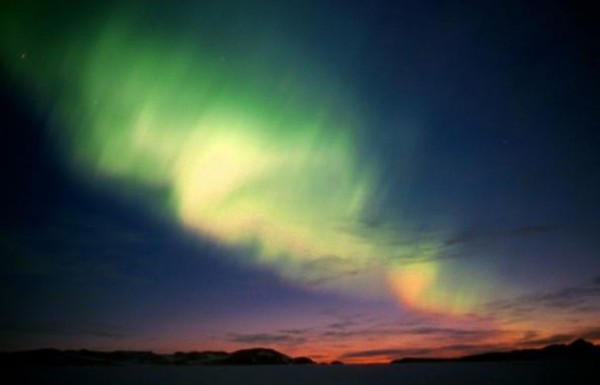 Image credit: Sean Wicks, via http://www.antarctica.gov.au/about-antarctica/environment/atmosphere/au….
Image credit: Sean Wicks, via http://www.antarctica.gov.au/about-antarctica/environment/atmosphere/au….
What you're seeing is the termination of these charged particles due to our increasing-density atmosphere. The biggest effect isn't layers, per se, but rather the fact that you're finally in a part of the atmosphere where the stopping power of the air molecules is sufficient. Get a more energetic flare, and these particles can make it farther and farther down!
From Michael Kelsey (and later Mark Greer) on JWST and the dark ages: "The problem is Z. For the period of the Dark Ages, more than 13 billion years ago, Z > 10. That pushes visible light down into the mid-infrared, which unfortunately is exactly where JWST is optimized. So it’s going to be looking for redshifted light which _was_visible_light_ during the Dark Ages, and therefore would have been absorbed by the neutral-atom universe."
This is a reasonable objection, and one that requires further explanation. The early Universe -- thankfully -- at the time of the first stars, contains (pretty much) just hydrogen and helium, which means there are relatively few ways these atoms can either exist on their own or bind together into molecules.
Now it's true: these atoms and molecules exist at all sorts of different redshifts, and can be quite strong, and have motions to them, so the absorption features will be numerous and thick, and so there will be lots of regions of spectrum where that light won't be able to get through.
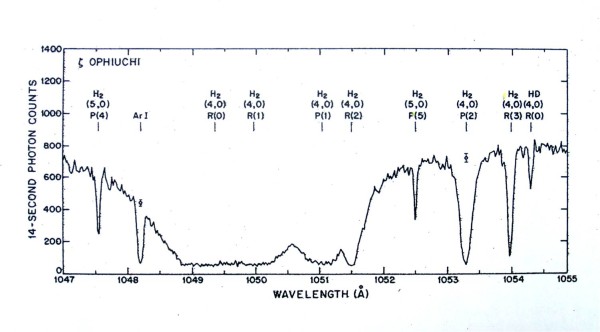 Image credit: Spitzer, L., Jenkins, E. B. 1975, ARA&A, 13, 133, courtesy Ed Jenkins and the American Physical Society.
Image credit: Spitzer, L., Jenkins, E. B. 1975, ARA&A, 13, 133, courtesy Ed Jenkins and the American Physical Society.
But there ought to be "windows" in these absorption features as well, just like we see windows in the Lyman-alpha forest. As matter starts to clump together, along every line-of-sight, there should be rarified regions of gas in some places, where the absorption is weak and incomplete. Then, by today, when the light has redshifted into the mid-IR, James Webb should be in prime position to observe it.
So not only do we expect we'll be able -- with enough integration time (photon counts) -- to observe these very early stars and star clusters, we expect we'll be able to use it to probe the structure of the gas in the pre-star-forming intergalactic medium! If not, though, we'll have to wait for 21-cm astronomy to make those measurements.
Image credit: Schlesinger Library, via https://www.radcliffe.harvard.edu/schlesinger-library/item/cecilia-payn….
From Geoff Gaherty on Cecilia Payne: "I was lucky enough to hear a lecture by Cecilia Payne-Gaposchkin decades ago, and to meet her. She was a wonderful warm person as well as a brilliant mind. I still remember one quote from her lecture: “The Sun is made of hydrogen, helium, and a smell of other elements.”"
This is a story I never knew. One of the things it's easy to overlook -- I often do it, too -- is that every one of the scientists working on these problems and making these discoveries were people, with personalities, lives, hopes, dreams, and cares. Thanks for sharing a little bit of your experience with the unique perspective of one of them I never had the opportunity to meet while she was alive.
From Matt Done on the mostly-unreachable Universe: "A quick question about extraterrestrial life. Based on the comment made in the article that 97% of the universe is unreachable or even potentially unobservable could this provide some explaination (sic) as to the reason the universe appears so void of intelligent life?"
You can argue that this fact will get you 97% of the way there. But considering that there are some 10^25 (give or take) planets in this Universe, eliminating 97% of what's out there isn't the full explanation of what you need. Eliminating gas giants will take out a lot; eliminating planets that are too hot or too cold will remove plenty; eliminating planets around stars too young to give rise to intelligent life will eliminate even more.
Right now, we're only capable of looking within our own galaxy, and have no (good) plans on how we'd reach another -- even nearby -- galaxy on timescales less than billions of years. But it's a part of the argument, for certain, just not enough to really help provide "the answer" we're looking for. My suspicion? One of these three steps:
- Going from chemical-based non-life to biology-based life,
- Going from simple -- gather energy, survive, reproduce -- life to complex, differentiated, multicellular life, or
- Going from multicellular life to what we would consider "intelligent, sentient" life,
is really hard, and really unlikely. My money is on step 3, mind you, as being the ultimate bottleneck.
Image credit: original source unknown, retrieved from https://oediku.wordpress.com/2010/10/01/black-hole-on-earth/.
From Henry Norman on black hole evaporation: "One objection: “Hawking radiation” is not an established scientific fact (as implied in Ethan’s article). So far, it has never been observed. It is an unproven, possibly untestable hypothesis (Hawking has never claimed anything else), relying on an exotic and rather questionable substance called “negative mass” to work."
It isn't an established scientific fact, that much is true. To establish it as a fact, we'd have to observe it directly, something we haven't yet been able to do.
But this overlooks the whole idea of why a theory in science is valuable: for its ability to take what we know, stitch it into an overarching framework, and use it to make new predictions about the physical world! Just by combining General Relativity (and the notion that spacetime is curved) with Quantum Field Theory (that empty space contains quantum fields; specifically the electromagnetic field in this case), you automatically get the prediction of Hawking radiation out.
So if those two things are correct: space around a black hole is curved (which it really ought to be), and the laws of electromagnetism are governed as QFT states (which they really seem to be), Hawking radiation should exist. No "negative mass" necessary at all; that is a dubious analogy used by people (including me, sometimes) who don't want to dive into QFT and want to express this using simple quantum mechanics analogies instead. This is fine, but recognize that it's a limited analogy, like virtual particles, not a physical prediction.
And finally, to end our two-week comment catch-up, from Noel on supertides: "Thanks for this. I was in Costa Rica last week and the tides were bigger than the last time I was there – water came into the on-the-beach restaurant I was at, and it never did that last year! I thought it was the “spring tide” affect, but I actually wondered if might have something to do with the equinox and/or the eclipse."
It has to do with both! So not only was the Moon at perigee, and not only were the Moon-and-Sun aligned (in a Spring Tide), but the equinox and the eclipse both play a role!
The fact that this coincided so well with the equinox means that the Earth's oceanic bulge was maximized in size, since the Earth bulges out at the equator due to its rotation. During a solstice, those two "bulge-y" forces are misaligned by up to 23.5 degrees; during an equinox, they're perfectly aligned. So that's one factor.
And as an additional, smaller (but still important) effect, the Moon orbits an at inclination of about 5 degrees to the Earth-Sun plane. At most times of year, they're misaligned by a few degrees, but during an eclipse (either lunar or solar), the alignment can be perfect as well.
So you get this quadruple effect all happening at once: spring tides (new or full phase), during a perigee Moon, during the equinox, and coincident with an eclipse, and there you have it: the most extreme tides of all!
Thanks for a great week (or two) of comments, and let's have a blast going forward!
Oh, I almost forgot! Those of you who've been following Starts With A Bang for a long time know that I moved my main blog to Medium a little over a year ago, hired contributing writers, and started writing more frequently. I'd like to make this the only thing I do, and to that end, I'm considering starting a Patreon, or crowdfunded donations to do what I do and run this thing. Wouldn't it be great if I could devote all of my energies to science outreach, communication and sharing these stories with the world? I think so, and I'm betting that many of you do, too.
So what rewards would you like to see? What new things would you like developed? What incentives would you be excited about donating towards? I have plenty of ideas, but I want to hear what you want! Let me know, and I'll be sure to read --and consider -- each and every one.


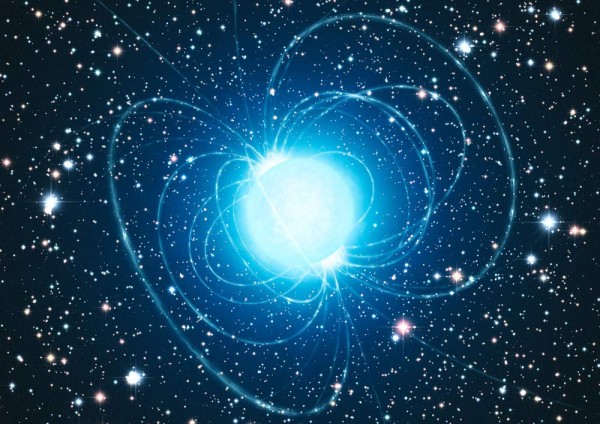
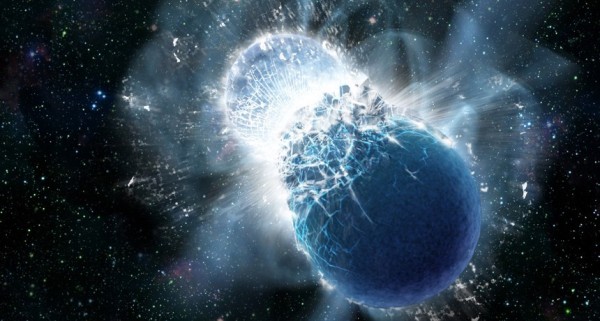
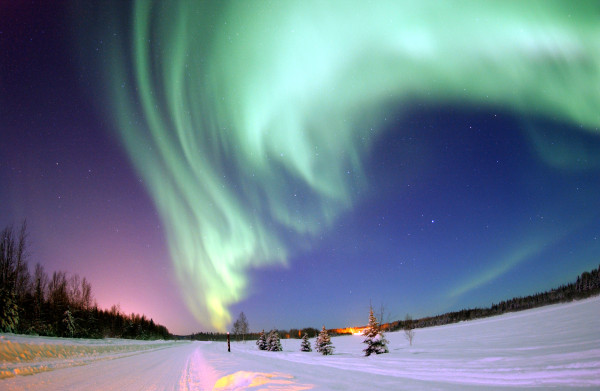

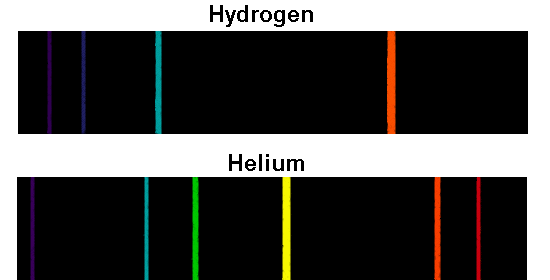

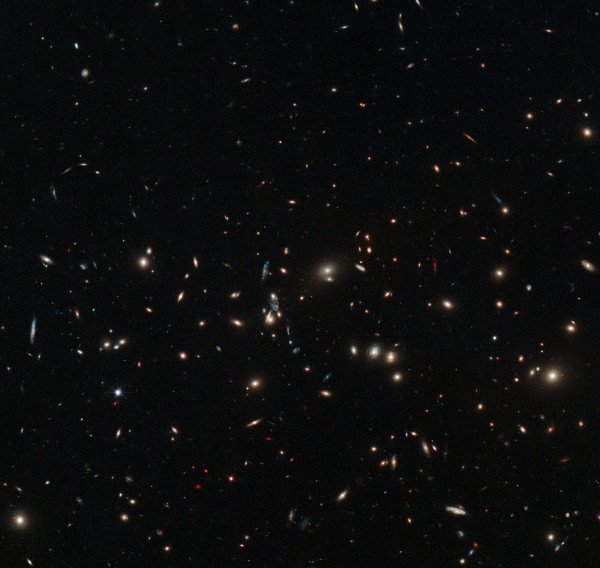
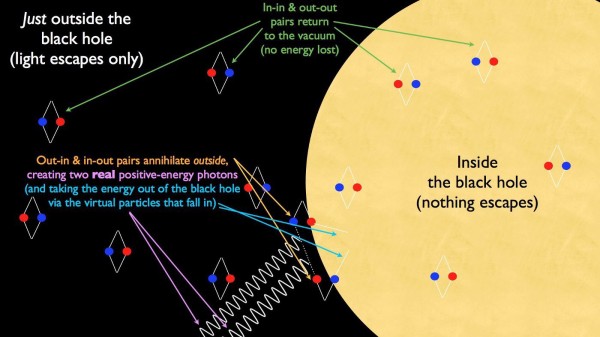

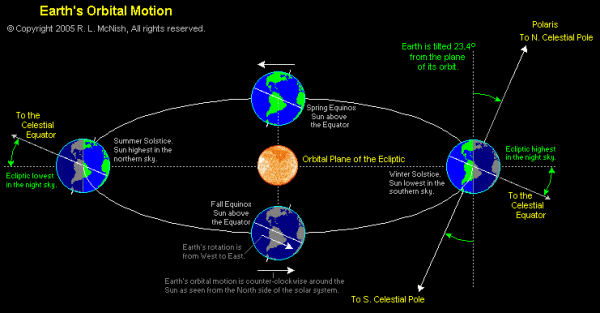
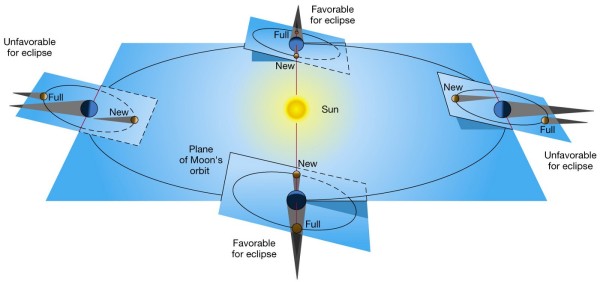
Thank you for your time Sir in answering my question about the structure of aurora, and fitting that puzzle piece into my concept of planetary physics!
I greatly enjoy your efforts in sharing your knowledge with us, furthering my education in physics is a high point of my day.
I walk away with a better understanding of my world.
That's quite a gift.
Its been observed. Some folk produced an artificial event horizon, and watched 'positive' and 'negative' photons appearing on either side of it. I am certainly not describing it right or doing it justice, start here to get the story.
I would be happy to help crowdfunding a book of the most interesting and popular posts and comments from this blog!